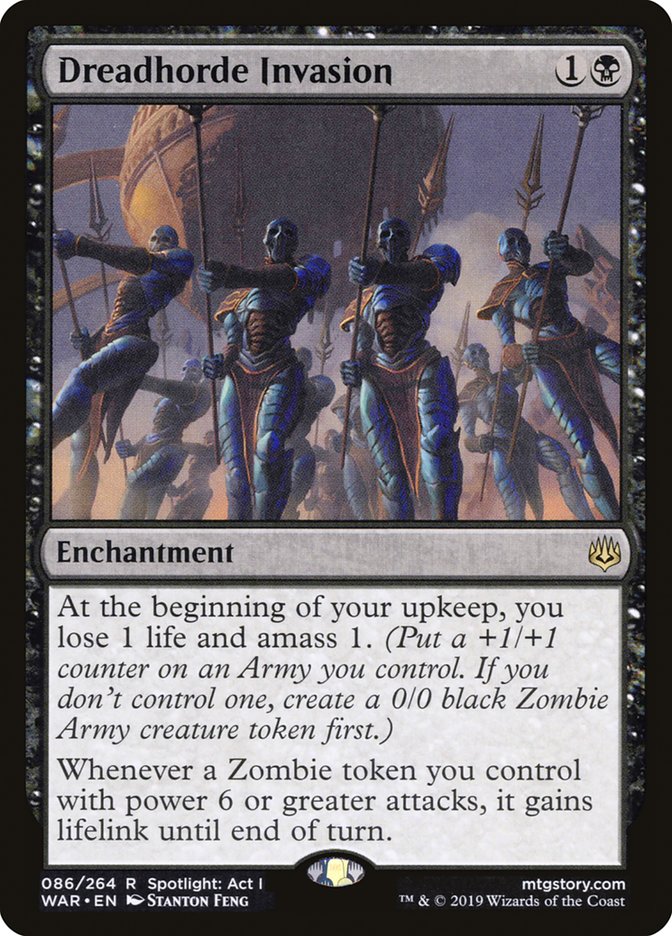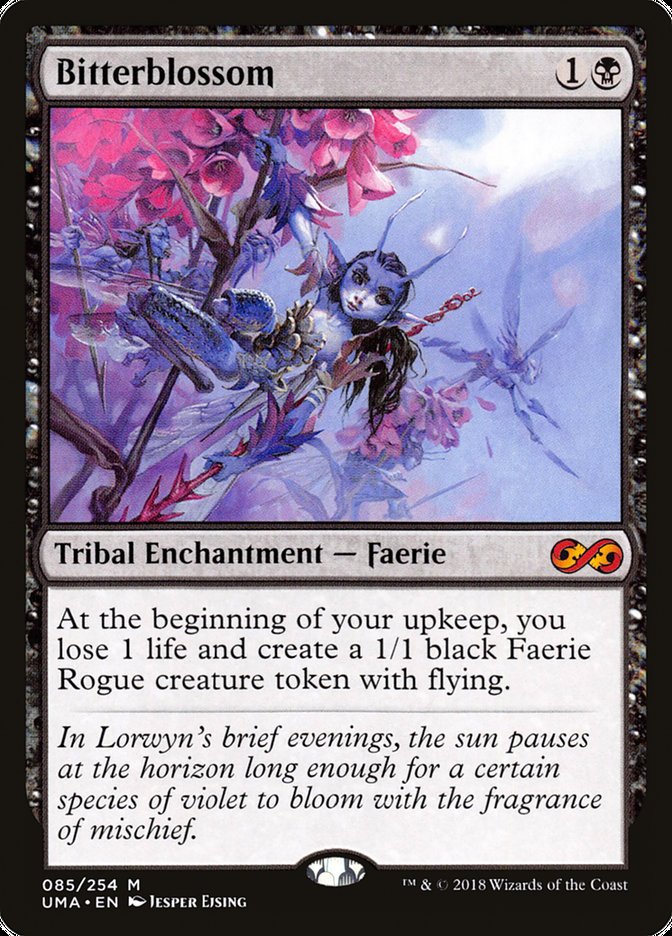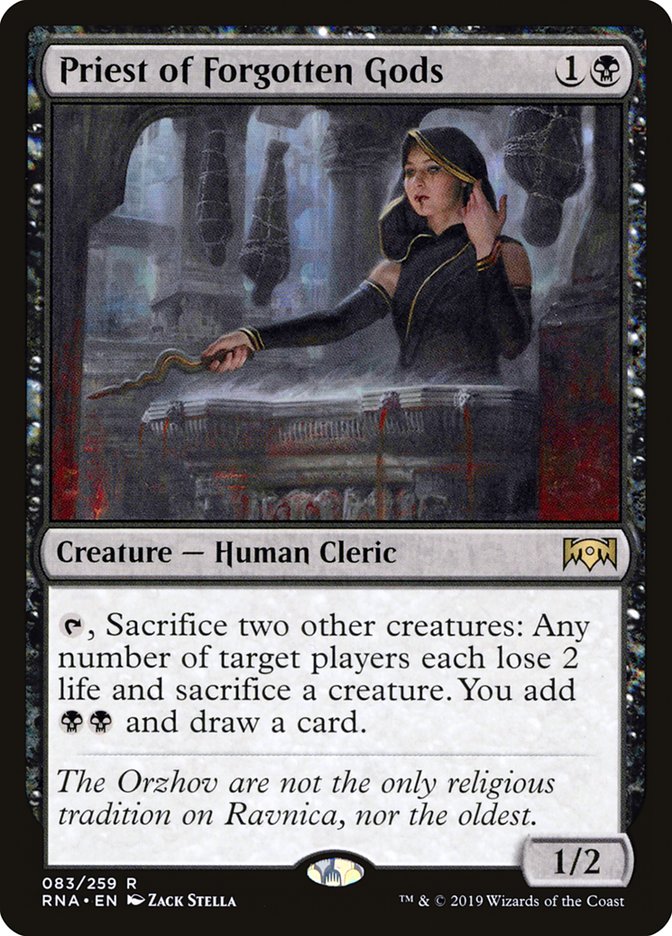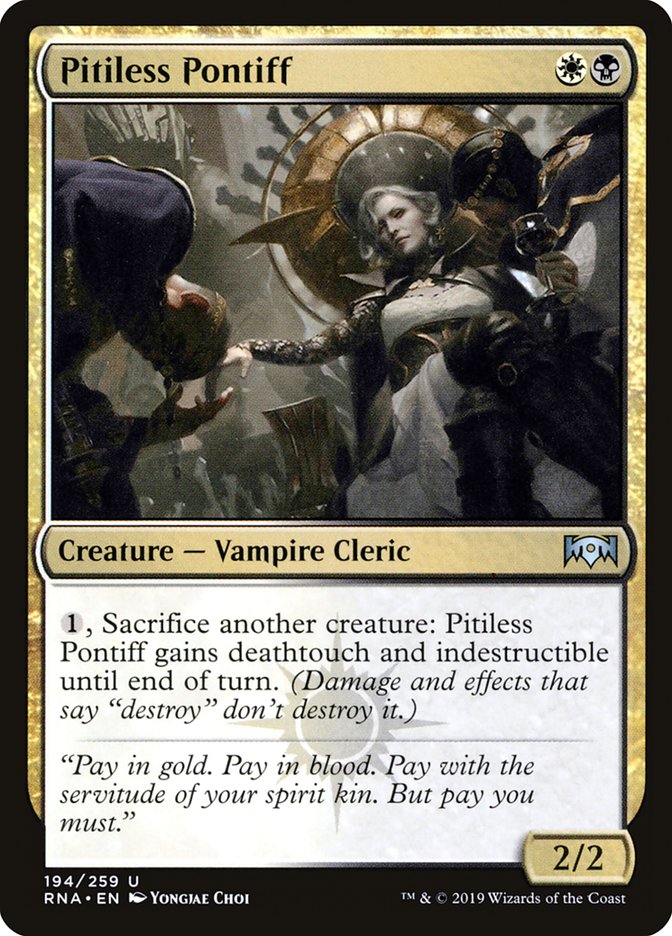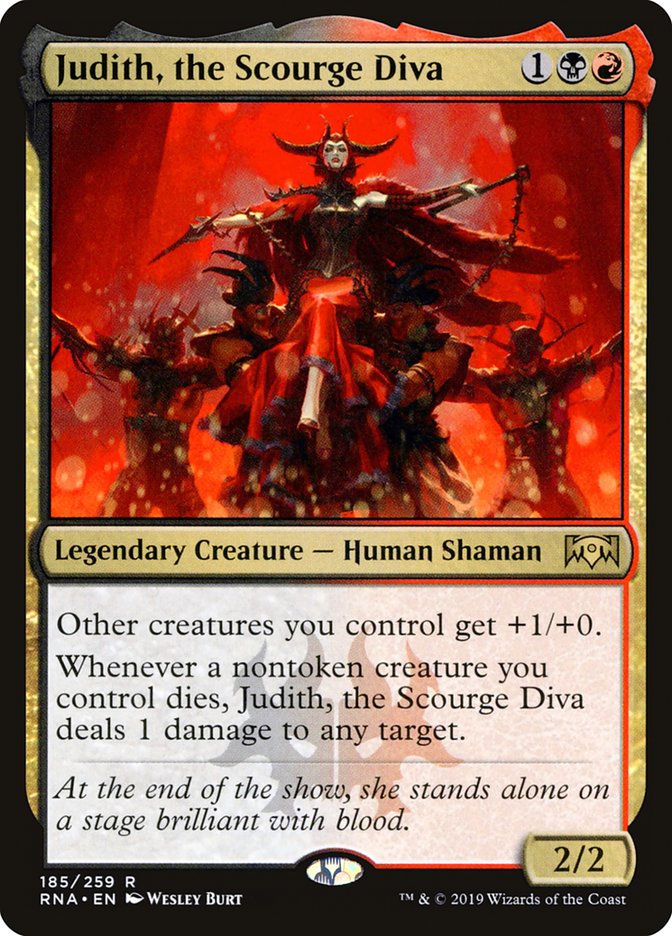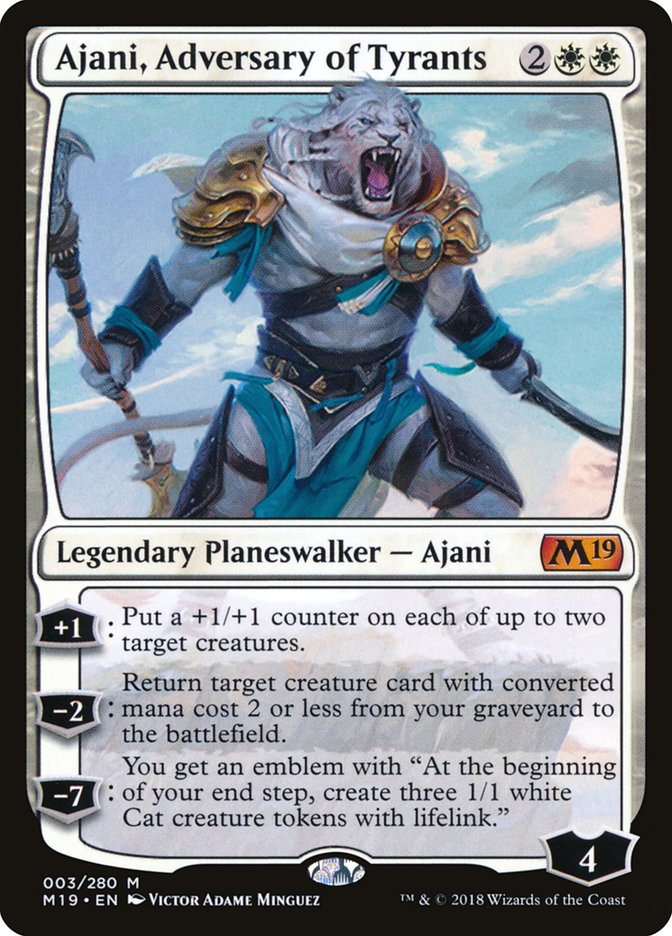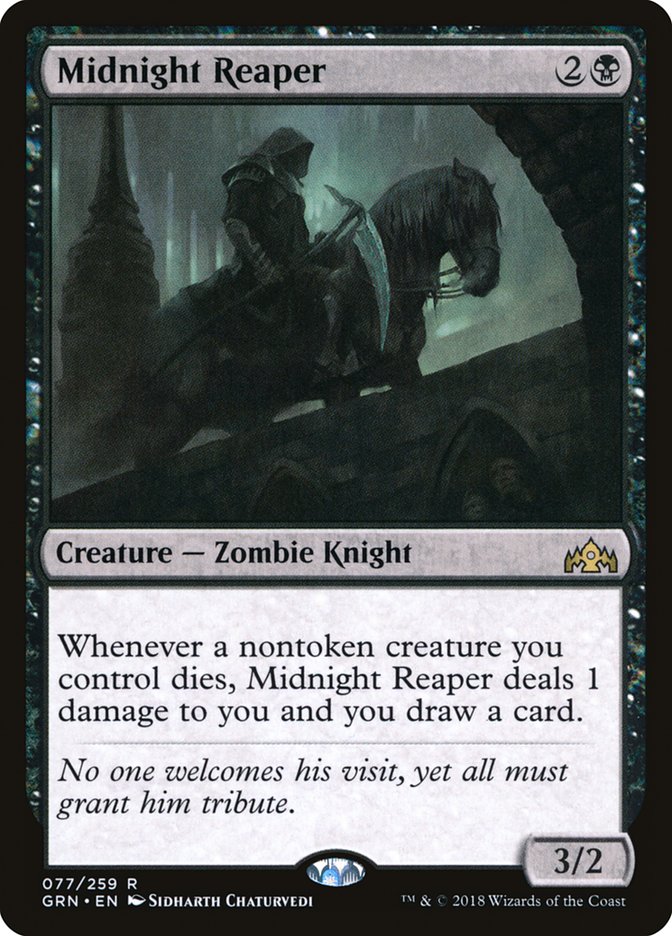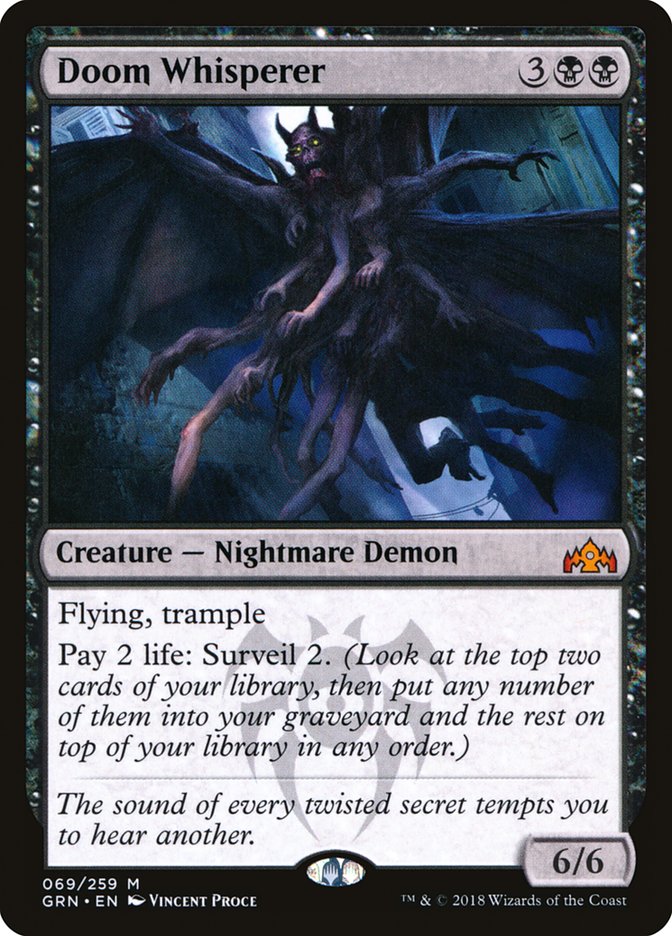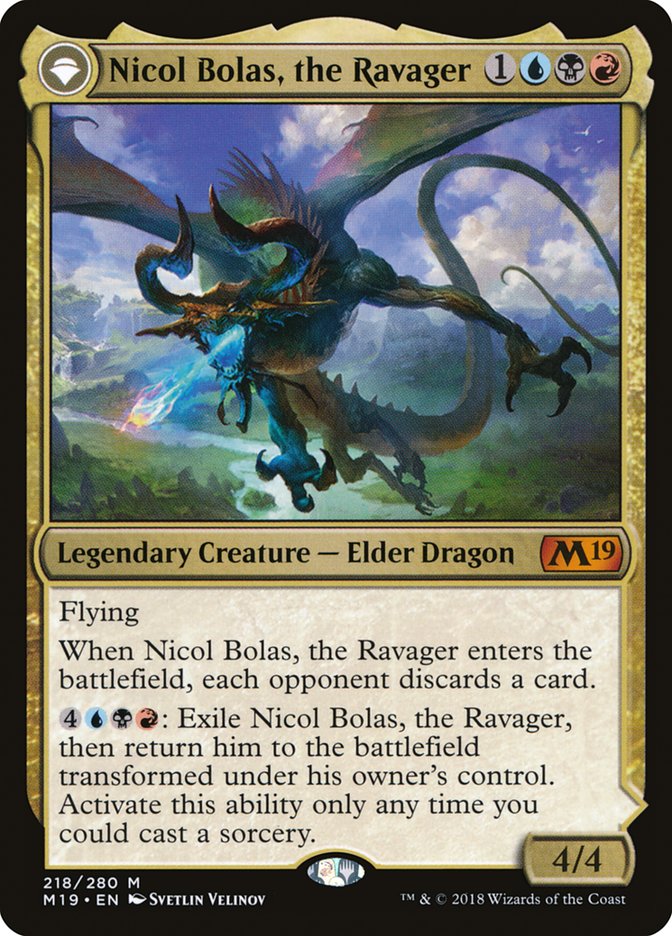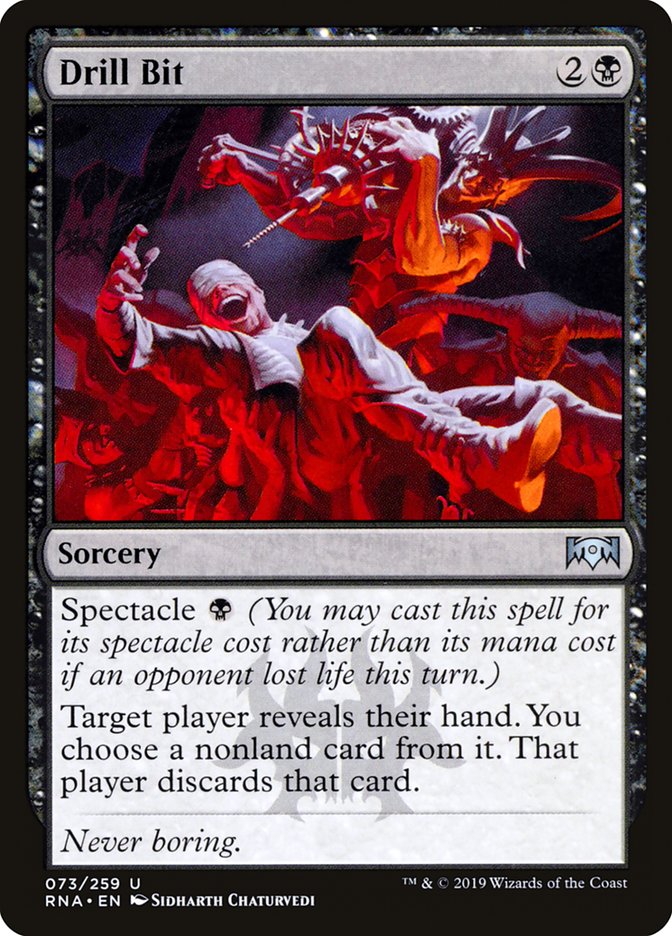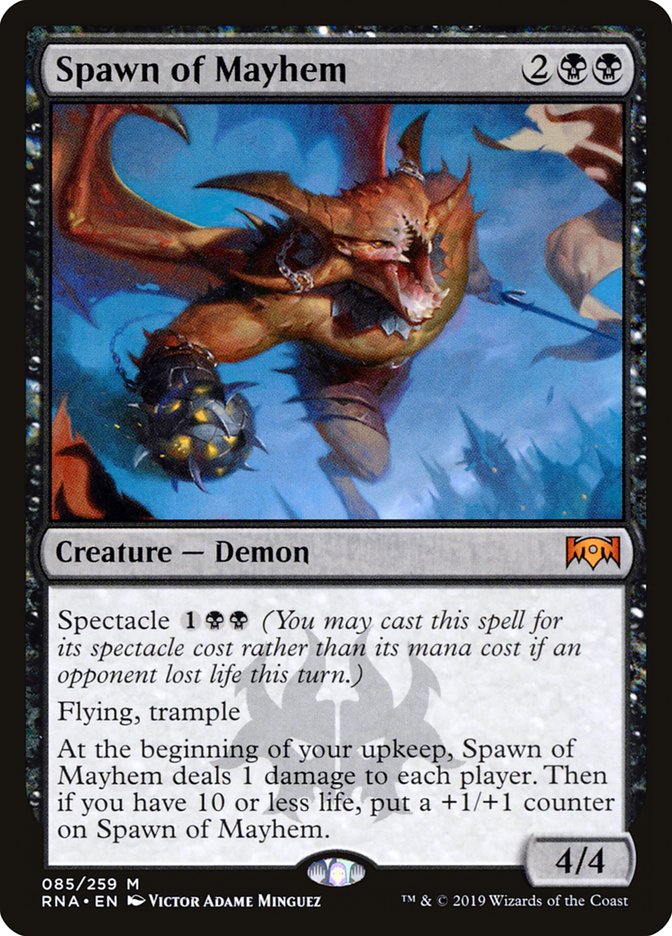When you play Magic long enough, you start to notice some common cycles in how the community operates. One of the most prominent is the community’s interest in Standard. During preview season for any set, Standard is undoubtedly the most prominent format because it’s the most heavily impacted by new cards. Preview season is a time of intense speculation when every card is both broken and a bust – it just depends on whom you’re talking to.
That hype train gives way to the early weeks of a new Standard format, when everyone’s predictions are put to the test and thus 90% of them are summarily forgotten, never to be spoken of again. The rest that turn out correct become the source of immense validation for the thousands of players who made the same prediction.
As the metagame takes shape, interest in Standard wanes. The obviously powerful cards tend to take over as the proper shells for them are found and tuned over the course of several weeks, and everyone’s favorite brews, even ones that had success early (cough…Esper Midrange…cough) fall by the wayside.
Creatures (22)
- 2 Hostage Taker
- 2 Lyra Dawnbringer
- 3 Thief of Sanity
- 4 Deputy of Detention
- 3 Seraph of the Scales
- 4 Basilica Bell-Haunt
- 4 Hero of Precinct One
Planeswalkers (2)
Lands (24)
Spells (12)

Historically, the Pro Tour (now Mythic Championship) has set off this last step, but last season it came a little later and merely showcased how much the community had already figured out about the format. So rather than mark the beginning of the end for this Standard season, last April’s Mythic Championship in Cleveland was the format’s swan song. We all moved back to Modern and everyone finally accepted that Izzet Phoenix is the best deck.
But preview season is back again, which means it’s time to stop thinking about how great Arclight Phoenix is and get back to thinking about less powerful formats. There’s wild speculation to be made and you don’t want to miss out.
Unfortunately for all you speculators, the spring set is often a time to temper your expectations. The format is already rather large and the top decks are hardened by months of tuning, so the barrier to entry in the format is at its highest. That means I’m less interested in reinventing the wheel by building around new cards from the ground up and more interested in finding cards that fill the missing holes in established archetypes, those that have yet to find success but are close to breaking through.
With this in mind, the card from the early previews for War of the Spark that most grabbed my attention is Dreadhorde Invasion:
The obvious comparison here is Bitterblossom, but the cards are quite different. Both cards allow you to land an early threat that snowballs if left unanswered, but Dreadhorde Invasion goes tall while Bitterblossom goes wide. In general, I would prefer the latter, since it’s more difficult to answer, and that’s before you account for tribal synergies, which are stronger with Bitterblossom despite being in a less popular tribe.
That means we must use the fact that Dreadhorde Invasion keeps coming back for more if the first Army is killed. It’s a bad sign if you have to put more work into a card to make it work as desired, but fortunately the last ability of the card is a built-in timer to force action from the opponent. Once the creature token is big enough to get lifelink, it’s going to dominate the battlefield, so while slow, there’s at least something there to force the opponent to eventually respect our two-drop.
But in order to maximize the card, we’ll want to feed the body to sacrifice synergies over and over again. Priest of Forgotten Gods and Pitiless Pontiff received plenty of hype when previewed, but have failed to live up to expectations. With synergy-heavy decks you absolutely need all the pieces to come together to make them work, and that wasn’t the case three months ago. But every new piece brings us closer and I’m curious to see if Dreadhorde Invasion is the card that can put the deck over the top:
Creatures (26)
- 4 Midnight Reaper
- 4 Hunted Witness
- 2 Plaguecrafter
- 4 Pitiless Pontiff
- 4 Gutterbones
- 4 Priest of Forgotten Gods
- 4 Cruel Celebrant
Planeswalkers (3)
Lands (24)
Spells (7)

The big question is whether to play red for Judith, the Scourge Diva and I’ve decided against it. Judith pushes you towards an aggressive shell with some sacrifice synergies to give reach, and many of the support pieces don’t have efficient enough bodies to fit into that kind of deck. Notably, Priest of Forgotten Gods is a card that you can activate repeatedly to take over a game, giving the deck a powerful engine to build around that doesn’t require any focus on the combat phase. We still have a low curve and cards like Gutterbones that can get aggressive to punish stumbles, but this deck is built to be able to go long as well.
Lastly, there’s the issue of the mana getting considerably worse once you add a third color, which is only exacerbated by the fact that Judith wants to be more aggressive, so I’m sticking to Orzhov.
Cruel Celebrant is the other new addition that pushes us towards a heavy focus on sacrifice synergies. Unfortunately we don’t have a sacrifice outlet that is both mana-free and repeatable, but between Priest of Forgotten Gods and Pitiless Pontiff we should be able to deal six to ten damage in one turn once the engine is humming, more if there are multiple copies of Cruel Celebrant involved.
Essentially, any two of Priest of Forgotten Gods, Cruel Celebrant, and Dreadhorde Invasion will work well together, and when you assemble all three they go into overdrive, making Ajani, Adversary of Tyrants an excellent top-end card, either pushing your Army towards lifelink to close the game or returning the missing piece to start the engine.
With 24 lands and Midnight Reaper to draw more cards, I could see including a slightly higher curve, but one of the strengths of decks like this is the ability to develop a battlefield quickly with a low curve but not lose power against more expensive spells because of the synergies. Perhaps you need more mana sinks from your lands, with Memorial to Glory and Memorial to Folly both serving as solid options, but Pitiless Pontiff and Gutterbones are both fine mana sinks already and you don’t want to overload the mana in the deck.
Next, I want to look at a deck that utilizes Dreadhorde Invasion as a defensive measure against aggressive decks, essentially serving as a roadblock that keeps coming back, generating value on every attack or eventually dominating the battlefield itself against Azorius Aggro and the like.
For that role, I turn to the Dimir Midrange shell that sat on the fringes of Standard for a while because of the power of Thought Erasure, Thief of Sanity, and Hostage Taker but never broke into the mainstream because it lacked the necessary density of proactive early plays or a powerful enough end-game as it had when The Scarab God was legal. Missing both meant the deck couldn’t reliably take over games unless Thief of Sanity went unchecked.
Some lists of Dimir Midrange resorted to cards like Orzhov Enforcer to stymie early aggressive decks but, simply put, that card is embarrassing against Esper Control or any Nexus of Fate strategy, where Dreadhorde Invasion provides a real clock to pair with the powerful disruptive elements in Dimir. The following list comes together rather easily and looks much better-rounded:
Creatures (11)
Lands (26)
Spells (23)

Dreadhorde Invasion can trade early against aggressive creatures or start applying significant pressure while you spend your mana casting discard spells or holding up countermagic, much like Bitterblossom did for Faeries a decade ago. You’re happy to see the Army trade for a removal spell only to regenerate on the following turn, and anyone who attacks the enchantment directly will leave behind the body. A 2/2 or 1/1 may not look like much, but every little bit counts in a game of attrition.
The major worry here is there isn’t much lifegain to counteract Dreadhorde Invasion, and with Doom Whisperer as the high-end creature, there’s added pressure to close games quickly. Bitterblossom had Mistbind Clique and Scion of Oona to turn the corner, but Dimir Midrange plays a slower game. You may want to look at more copies of Vraska’s Contempt and Moment of Craving for the incidental lifegain, but for now I’m going to say twenty is enough so long as you’re careful.
You could also look to be more aggressive by adding a third color, likely red for Nicol Bolas, the Ravager as another efficient flyer that will take over a long game just as reliably as Disinformation Campaign. That adds a pile of shocklands to the manabase but lets you end games more quickly, and most of the time the latter variable is more important.
The last way we can force some action with Dreadhorde Invasion is to get the Army token into the red zone. Dreadhorde Invasion, like Bitterblossom, adds one point of power to the battlefield per turn, but unlike its predecessor, the added points have haste so long as the first token sticks around, which means the clock it generates is much faster.
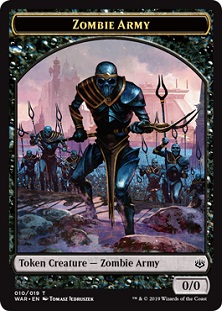
There are plenty of cheap black creatures to pair the card with, and Spawn of Mayhem in particular is a powerful card that hasn’t found a good home yet. Aggressive decks sometimes need one or two more cards from a late Standard set to fill out the curve, and with all the other colors getting some time in the spotlight, it’s only fair for black to have its turn:
Creatures (25)
- 4 Diregraf Ghoul
- 1 Ruin Raider
- 4 Vicious Conquistador
- 4 Grasping Scoundrel
- 4 Graveyard Marshal
- 4 Spawn of Mayhem
- 4 Gutterbones
Lands (22)
- 22 Swamp
Spells (13)
Sideboard

This could still be a card short, because ideally the land count would be lower, but Graveyard Marshal is a great mana sink. I count Drill Bit as the fifth one-drop in the curve here because it’s meant to be cast early and open a hole in the opponent’s curve or take their sweeper. Opening on two one-drops and Drill Bit is also a much better setup for Spawn of Mayhem, often taking their Lava Coil or Cast Down so the powerful three-drop is set to start attacking rather than run into a removal spell and leave you with a stack of 2/1s staring at a Jadelight Ranger.
The primary gain here over the other colors is removal that can handle Wildgrowth Walker, but I’d really like an Anthem effect like white has to push through damage. Dreadhorde Invasion is the closest to it, giving you a threat that can attack into a larger creature to force a trade and let you save removal for more important targets.
Despite the low curve, this deck should be able to win longer games with its recursive threats, Graveyard Marshal, and solid removal, so don’t lose hope because the game is reaching Turn 5 and you don’t have an obvious path to lethal.
It’s the first week of preview season, so all of these decks could stand to improve even more as the rest of War of the Spark is revealed. Also, I’m expecting the multitude of planeswalkers in the set to take center stage since they are notoriously difficult to evaluate, so I’ll be looking more closely at the rest of the set to find hidden gems.
That said, I suspect Dreadhorde Invasion, given the easy comparison to Bitterblossom, will not fly under the radar for long. This card is likely meant to carry the amass mechanic into Constructed, and there are many directions you can take the card in, so get your work done early and reap the rewards at SCG Richmond next month.


